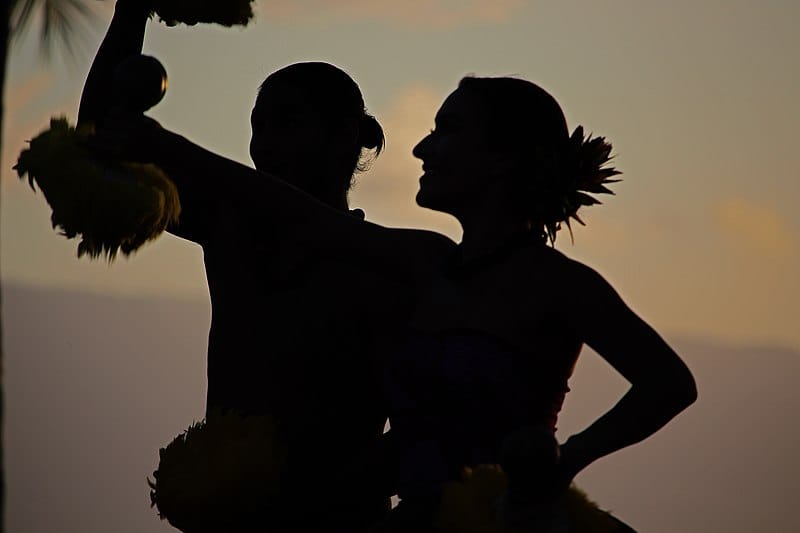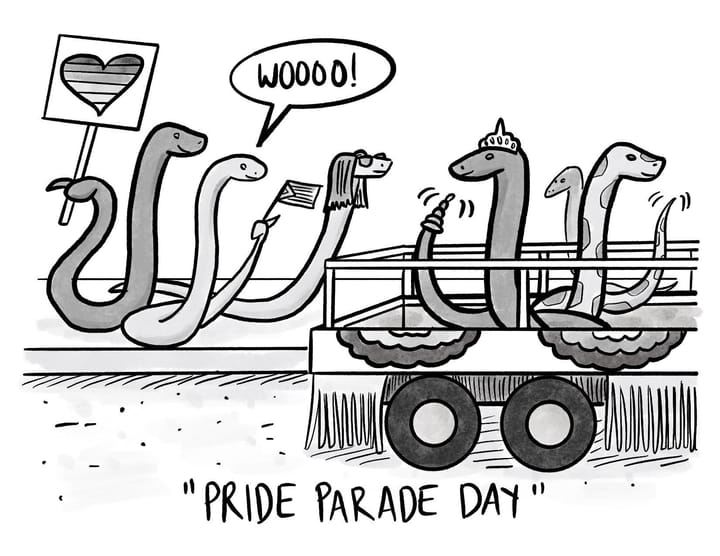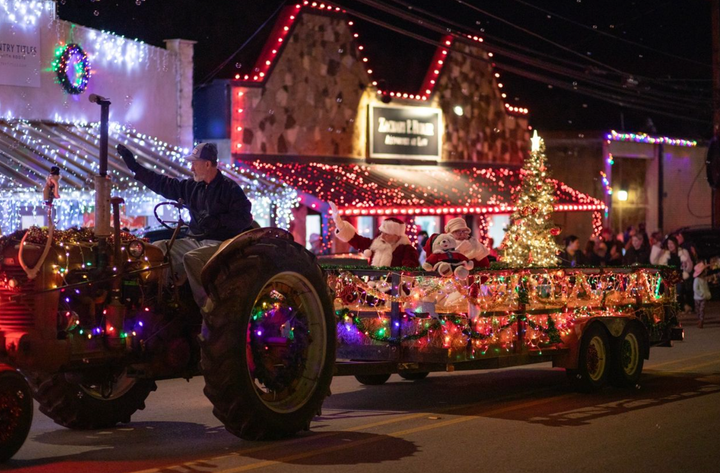Hula In Houston

According to the Ka 'Imi Na'auao O Hawai'i Nei Institute and The Bishop Museum, Queen Ka'ahumanu attempted to ban the islands’ traditional dance, hula, in 1830.
It didn’t take.
However, colonists and missionaries continued to actively discourage and suppress the art form, alongside the Hawai'ian language. Practitioners had to dance in secret, often in rural villages away from nosy neighbors and law enforcement. King David Kalākaua allowed hula to resume in public once again in 1883, making it an integral part of his two-week coronation ceremony.
Only one decade later, the deposition of Queen Liliʻuokalani at the forceful hands of American profiteer interests would once again push all aspects of indigenous Hawai'ian culture to the margins. Hula became an oft-exotified display for tourists in the popular post-WWII imagination, though events like the Merrie Monarch Festival — founded in 1963 and bearing King Kalākaua’s nickname — helped to preserve the dance as a form of both storytelling and religious worship as well as entertainment.
Half a continent away, hula schools such as Houston Hula Academy and Malia’s Hula Hut promote the eponymous art form — in addition to other Polynesian dances — as a multifaceted practice with an ancient history. Students with both organizations learn about the cultural, religious, and linguistic context to their movements, making it possible for them to gain a broader look at their lessons beyond hula’s heavily reductive pop culture imagery.
“The misconception, especially in the States, of people who've never been to Hawai'i… usually think about a girl in a grass skirt and coconut bra just shaking her butt. That is actually not hula at all,” says Alisha Byrd, owner of and executive instructor at Houston Hula Academy. “Hula is graceful, where the hands tell the story.”
She notes how often people confuse hula with Tahitian dance styles, though there exists significant differences between the two, making them easy to discern when one knows what to look for.
“Tahitian [dance] is a lot of fast movement with the hip… They do a lot of movements with their hands and big eyes. Their facial expressions are quite scary, because [the dance] would usually be used during times of battle,” Byrd says.
By contrast, she states that hula involves a more “low, relaxed type of vibe.” A slower pace makes it easier for the viewers to better read and process the information the dancers wish to convey.
“Hula is like a form of day-to-day living… It’s a way of life for us. Before Hawai'i had a written language, they used hula as an oral language to pass on stories of generations, traditions, and histories of the land and the people,” says Malia’s Hula Hut founder Bernadette Staples. “So since they couldn't write it down, they danced it up.”
There are two types of hula that Houstonians can learn at Byrd and Staples’ schools. Hula 'auana is a more contemporary style with what Byrd calls “soft melod[ies]” accompanied by a ukelele. Hula kahiko is the more ancient form of hula that utilizes “drums and chanting,” per Byrd’s description.
Houston’s Pacific Islander community numbers around 10,000, per the 2020 census. Staples’ association with the International Festival and Asian Pacific American Heritage Association allowed her to connect with her fellow Samoans and other Pacific Islanders. She launched Malia’s Hula Hut in 2007 under the name Pele Polynesia to help “share the aloha spirit” that empowered her throughout college in Idaho, where she started a club for Polynesian students to celebrate their culture. Even as she works a full-time job, the school has become a centerpiece in her life, one that now involves both her mother and her daughter.
“I do [Malia’s Hula Hut] on the side because I love it. I feel like this is my connection to the community,” Staples says. “We do a lot of education in the community. I do the Houston Public Library, the Children's Museum, and summer programs. We also do private parties.”
She also doesn’t train her students for competition, or submit Malia’s Hula Hut for participation in Merrie Monarch or similar ranked events. Doing so nurtures a sense of collaboration and union with fellow performers, creating a foundation of community and fellowship in art.
“I have dancers from Tahiti, dancers from Samoa, dancers from Houston, from the Philippines and from Japan. You name it. Miami and LA now, and Mexico,” Staples says. “Hula is international. It's big in Mexico, too. Now it's kind of spread out. It's like a growth spurt from everywhere.”
This spread makes sense. While hula and other indigenous Pacific Islander dances are firmly rooted in their unique histories, geographies, and cultures, the base concept of storytelling resonates across boundaries.
“In the South Pacific, all of us Islanders, we are storytellers and travelers,” Byrd says. “So we like to tell our stories through dances and chanting.”



Comments ()